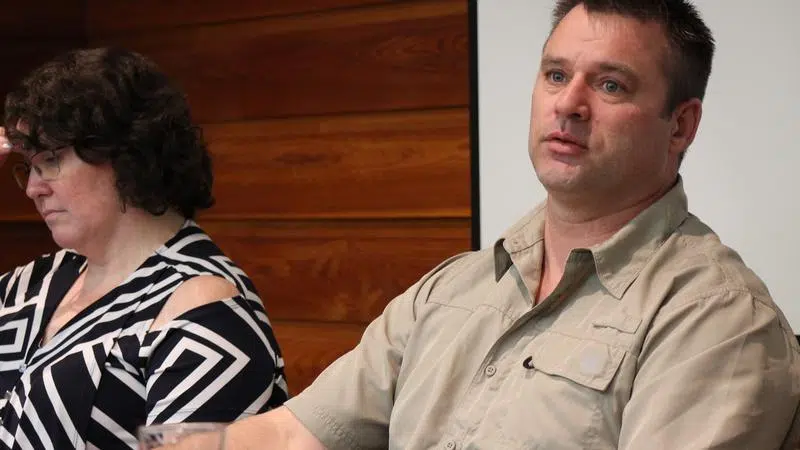
City planning committee looks at preserving urban forest
Preserving the urban forest from disease and infestation was the focus of Monday’s planning committee meeting for the City of North Battleford.
Leisure Services Director Cheryl DeNeire presented a report on the issue.
She said the city needs to have a risk management plan in place to preserve its trees from the potential risk from the Emerald Ash Borer and Dutch Elm Disease in particular.


